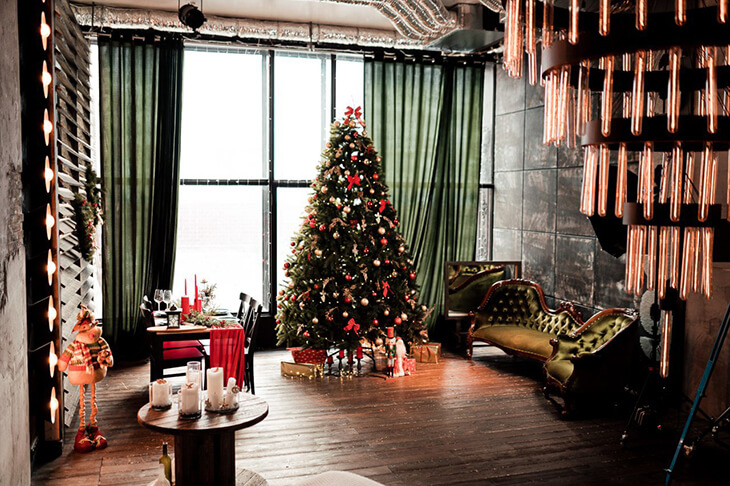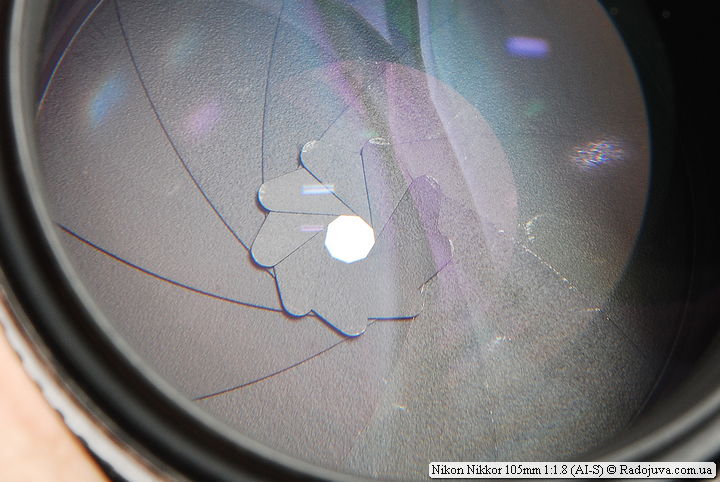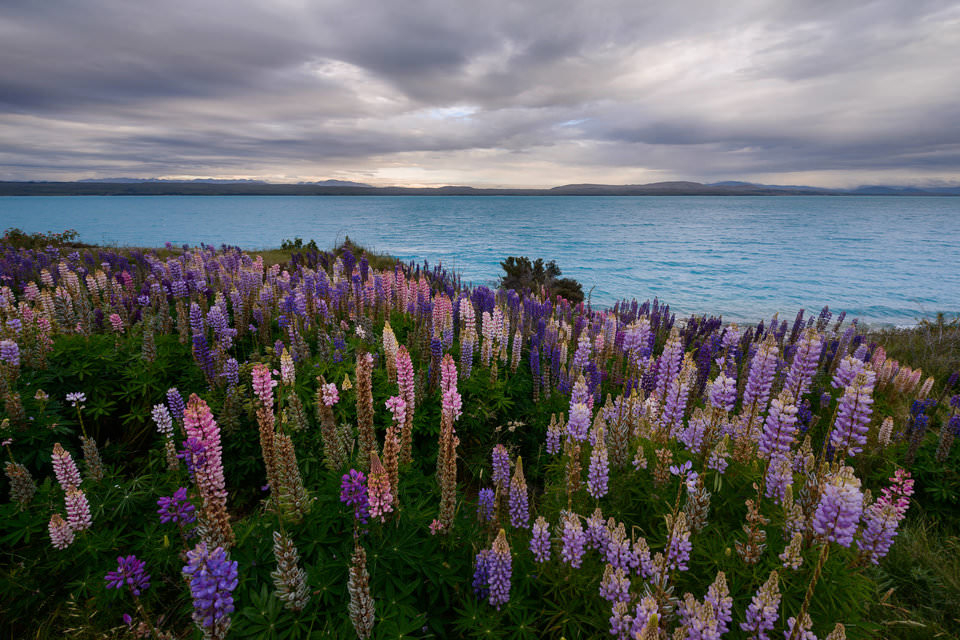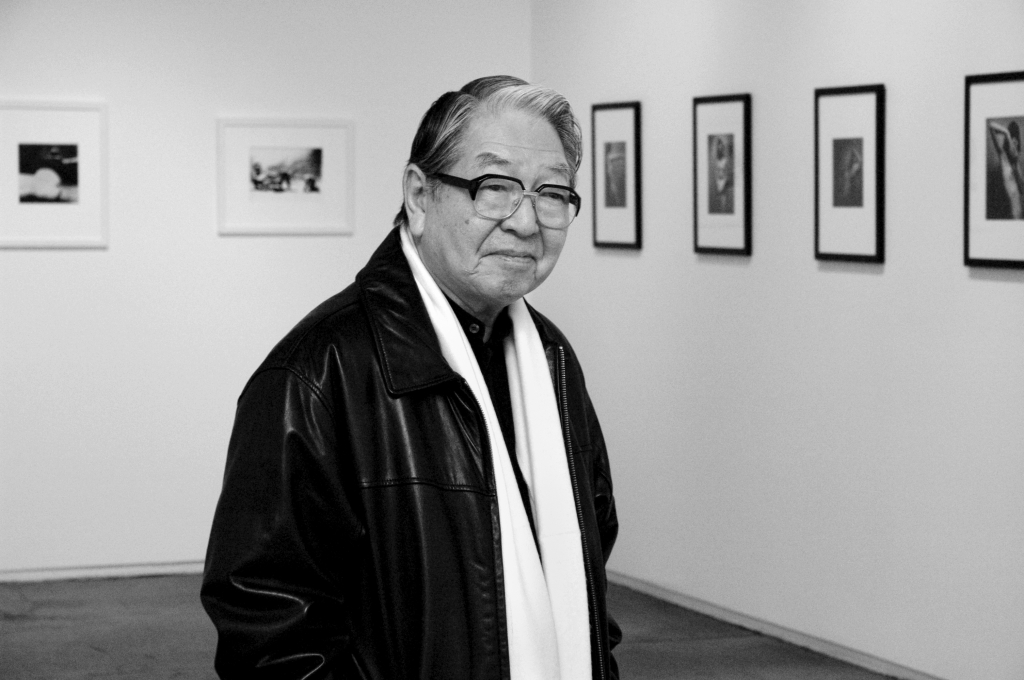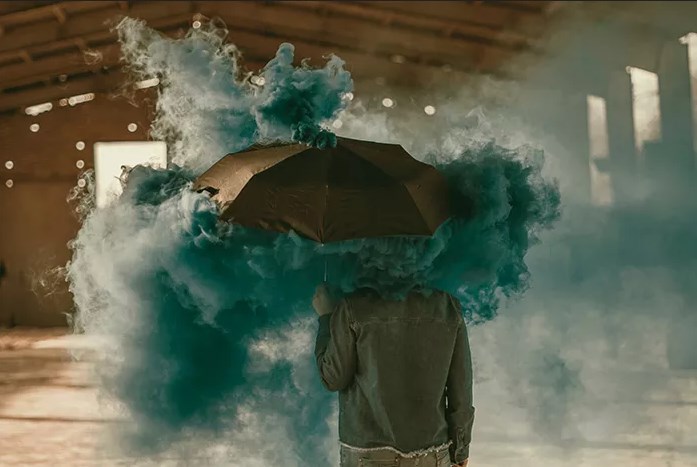What is ISO and how to configure it
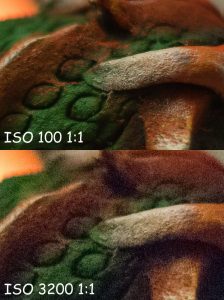 The ISO value is one of the most important settings when shooting, along with such values as shutter speed, aperture, and white balance. ISO is also often referred to as ISO sensitivity, ISO level, or simply the photosensitivity of a matrix or film.
The ISO value is one of the most important settings when shooting, along with such values as shutter speed, aperture, and white balance. ISO is also often referred to as ISO sensitivity, ISO level, or simply the photosensitivity of a matrix or film.
Still, what is ISO in the settings of the camera?
ISO is a parameter indicating the level of sensitivity to light of its light-picking element (matrix or film). Basically indicate the limits of ISO for cameras (cameras). Although, the same parameter can be found not only on the camera, but, for example, on the flash. For a flash, a guide number is usually indicated when using one of the ISO values of 100, or 200. ISO sensitivity is indicated in special units of the ISO system. The ISO numeric expression itself can accept any integer expression from 1 to infinity. For example, on my SB-900, you can set the ISO from 1 (unit) to 12,500, and on my Nikon D40 you can set the ISO value from 200 to 1,600.
Less is better!
The higher the ISO value, the more photosensitive the matrix. It is very important to understand that the higher the ISO value, the less time it takes for the matrix or film to scan the image from the lens. For clarity, I will give an example: we shoot in the evening, there is little light, the camera is set to ISO 100, while the camera in the aperture priority (or in any other mode) indicates that the picture will be taken with a shutter speed of 1 / 20s. This is a very long shutter speed, and at the same time we can get a blurry shot. Therefore, in order to reduce exposure, you need to increase ISO. For example, we increased the ISO to 800, while the shutter speed decreased by 8 times and becomes 1 / 160s (one hundred and sixtieth seconds). If it weren’t for noise, then one could always shoot at high ISO and never worry about exposure; due to noise, you need to lower ISO and increase exposure and in addition worry about not getting a blurry shot.
Raise, close, reduce!
Shutter speed, aperture, and ISO are interchangeable. The amount of light a camera needs to build an image can be the same for three different shutter speeds, apertures, and ISOs. So, at 1 / 60s, F2.8, ISO 100, the camera will receive the same amount of light as at 1 / 30s, F2.8, ISO 50 or 1 / 60s, F5.6, ISO 400. In order to compensate raising ISO, you need to close the aperture or reduce shutter speed. The opposite is also true. You can increase shutter speed, open aperture and lower ISO.
ISO affects noise
In fact, the ISO value is also responsible for the appearance of noise in the photo. Noise is a parasitic distortion in a photograph. Usually they call it that – noise, grain, etc. The higher the ISO, the greater the noise. And the lower the ISO, the less noise will be. To get the best possible high-quality photo from the camera, you need to shoot at the highest permissible low ISO. Very often it is ISO 200, 100, 50, sometimes they can be designated as Lo1.
Super high and super low ISO
Many cameras have an extended range of ISO values - usually this is a software ISO wrapping, and they are referred to as Hi1, Hi2, etc. For example, for a Nikon D200 HI1 camera is equivalent to an ISO value of 3200, and on a Nikon D90 HI1 camera is equivalent to an ISO value of 6400. Always remember that shooting at such advanced ISO values will almost always have a very strong picture noise effect. I strongly recommend not shooting in the extended upper ISO range on any cameras. Also, the range can expand in a smaller direction, so the Nikon D90, D300, D700 cameras have values of lo 1, lo 0.3, lo 0.7 as equivalents for ISO 100, 160, 130. What benefit does expanding to the low ISO range give in my article ISO lo1. Some cameras, in fact, do not have a hardware implementation of ISO, such a conclusion I made by conducting an experiment with ISO.
With which ISO to choose a camera?
When choosing a camera, always look at the minimum and maximum ISO values, and also remember that in 90% of cases you do not have to shoot at extremely high ISOs, since often they simply can not ensure normal image quality. Therefore, professional photographers have the concept of a working ISO. By working ISO is meant the maximum ISO value at which the camera can give an acceptable result. The trick is that unlike the aperture and shutter speed, which on all cameras give completely the same values, the same ISO on different cameras can give different noise values. Therefore, in one camera, the working ISO will be 800, and in the other, the working ISO will be 3200. For example, on the Nikon D700 you can get pictures of acceptable quality at ISO 3200, while on the Nikon D200 in ISO 3200 (Hi1) mode it’s already possible not photography, but complete nonsense.
